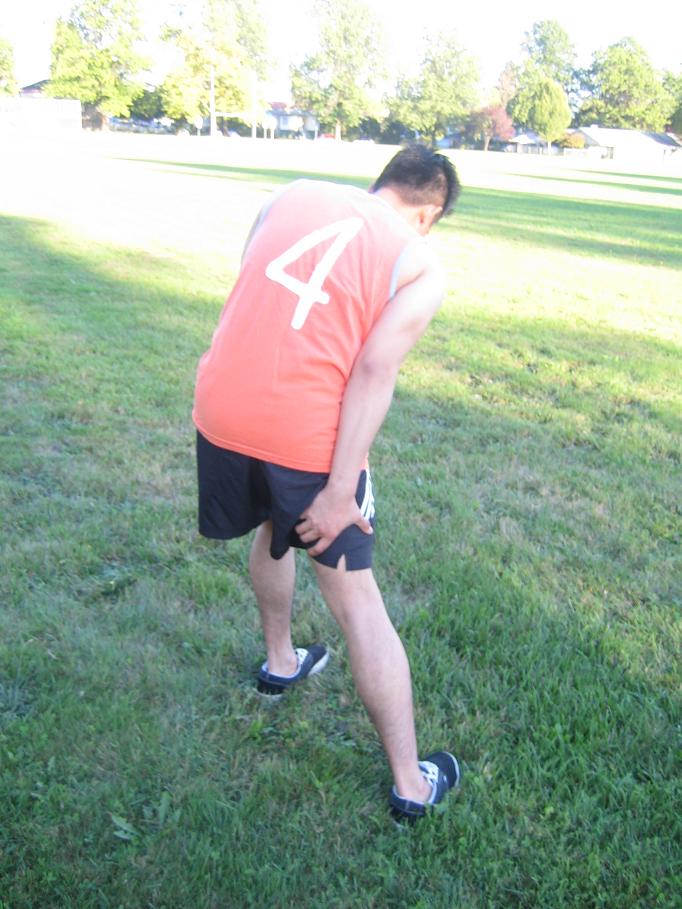Posterior thigh pain is caused by overuse injuries. It can develop gradually or can be severe. The hamstring is composed of three muscles found in the posterior or back of the thigh. Quadriceps muscles found in front of the thigh functions for walking, running and jumping. Running with tight hamstrings can cause posterior thigh pain.
Factors that increases the risk of developing posterior thigh sprains includes inadequate stretching of the muscles before running; wearing ill-fitting shoes; weakness of the hamstring and improper way of warm-up before exercises.
Symptoms
- Limited movement of the affected leg
- Pain at the back of the thigh
- Muscle swelling
- Bruising at the back of the thigh
- Pain that spreads down the leg to the knee

Take plenty of rest for at least 1-2 days. Avoid performing activities that further irritates the area for fast healing of the condition.
Causes
- Inflexible muscles of the hamstring
- Not properly conditioned for running
- Inadequate warm-up
- Running with fatigued muscles
Treatment for posterior thigh pain
- Take plenty of rest for at least 1-2 days. Avoid performing activities that further irritates the area for fast healing of the condition.
- Apply ice on the affected area to lessen the swelling, the inflammation and the pain. Wrap ice pack or plastic bag filled with ice cubes in a towel before placing to the area for at least 10-15 minutes at a time every hour on the first 24 hours after the injury. Avoid ice when sleeping. After 24 hours repeat applying ice compress 4-5 times every 2-3 hours. Another alternative is using bag of frozen vegetable such as peas or corn is also good for the condition.
- Compress the area using compression bandage or compression shorts to lessen the swelling and the pain. It also supports the affected area. Avoid wrapping it too tight to prevent problems with circulations. If the skin under the wrap becomes blue or violet loosen the wrapping.
- Elevate the affected area above the level of the heart to lessen the swelling and the pain. If there is difficulty raising the area, make it parallel to the ground.
- Use the prescribed crutches to provide support when moving around and lessen the pain.
- Take the prescribed anti-inflammatory medications to lessen the pain and the inflammation
- After 48-72 hours apply heat on the area to lessen the spasms and tightness of the muscles. It also relaxes the muscles and increase flow of blood in the area. Apply heating pad wrapped in a towel on the affected area for at least 15 minutes, 3-4 times every day. Another alternative is soaking in hot bath.
- Apply hot and cold compress alternately on the area to lessen the swelling and the pain. Apply heat for at least 2 minutes then follow it up with cold for 1 minute. Repeat this process 6 times every day.
- Perform gentle rehabilitation exercises with the help of the physical therapist such as stretching exercises and restore the range of movement of the affected posterior thigh.
More Information
The details posted on this page on posterior thigh pain is for learning purposes only. To learn more about the causes and how it is managed, enroll in a first aid course with one of our training providers.
FACT CHECK
https://www.medicinenet.com/leg_pain/symptoms.htm
